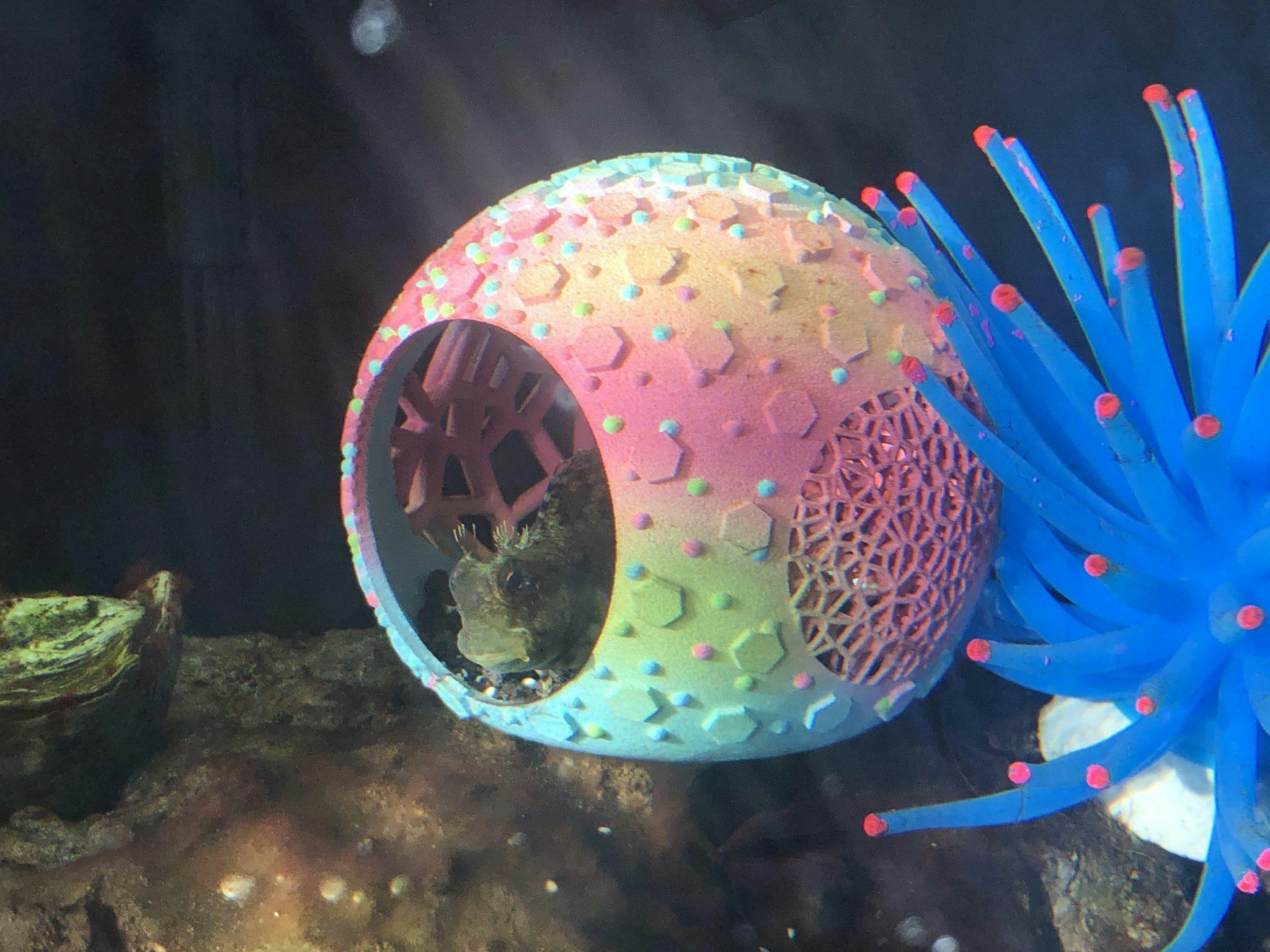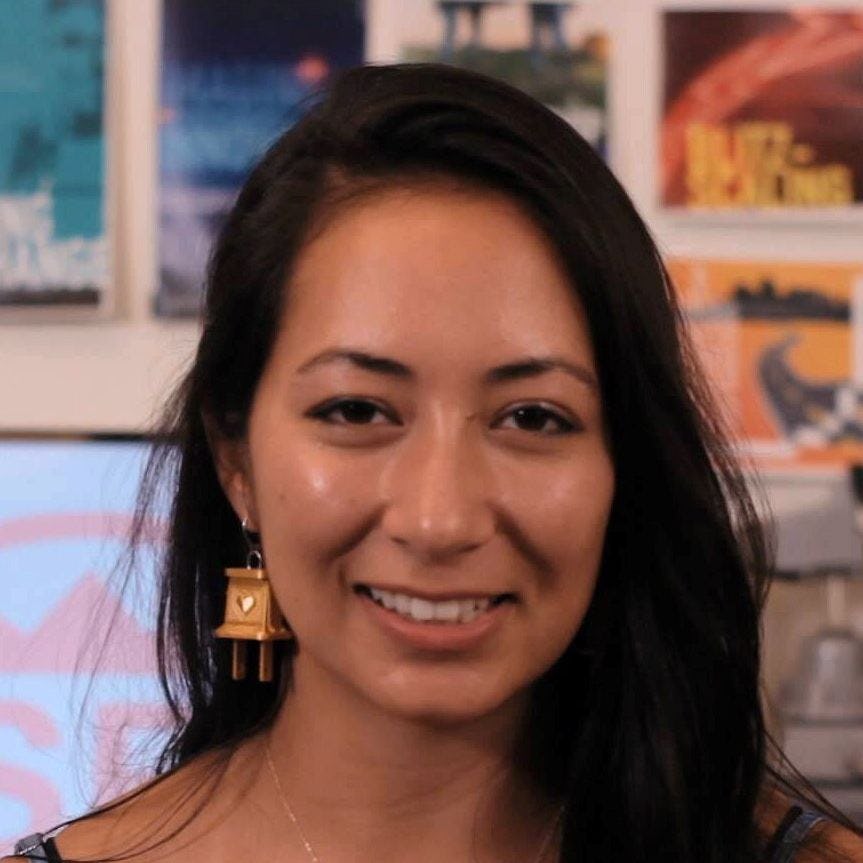Texturing for additively manufactured products with nTop
Written by Alex Ju
Published on October 23, 2020
From the subtle stipple of your laptop’s casing of to the geometric grip of your toothbrush handle, texture is a key consideration in the design process for any and every physical product. Read further to learn how I use nTop to apply texturing to products I design.
An important consumer expectation borne of a lifetime surrounded by precisely finished, injection molded parts, surface texturing in additive manufacturing further serves final part quality by helping to mask layer lines and other potential defects borne of the 3D printing process.
Today, texturing models for 3D printing is typically done with bump maps, a deceptively difficult endeavor. A part covered with what looks like a simple stipple pattern actually usually consists of millions of triangles, making for an awfully unruly workflow. Next, there is the struggle of tiling bump maps in a manner that perfectly lines up, which often becomes an issue when the pattern has to repeat 4.3 times instead of 4 to achieve the right scale. Add to all that the challenge of applying that bump map with minimal distortion on a very uneven surface, and you end up with a texturing workflow where Task Manager is your most used application.

Texturing examples designed in nTop.
From a purely aesthetic standpoint, people are generally able to quickly discern repeating patterns. That is part of the appeal of real leather—being a natural material, not only does the pattern never repeat along the item itself, but it also makes that item unique and distinguishable from any other copies of it.
Texturing with nTop
As I’ve brought nTop into my design process, I’ve found that generating textures in nToplogy instead has a ton of benefits. First and foremost, I don’t have to worry about triangles until I’ve fully finessed the part and am ready to export to an STL. Editing textures and creating variants are also significantly easier, not only because I don’t have to render a full mesh for each version but also because the interface makes adjustments as simple as typing in a different number.
nTop makes my workflow faster, but what carries particular value is nTop’s ability to create textures that never repeat. Part of the value of additive manufacturing is the ability to support mass customization, and with nTop you can easily make every copy of a product unique through a subtly different grain.
As someone who provides texturing as a service, I am most often asked for stipple and leather applications, both of which nTop is great for. However, my absolute favorite use of nTop is using it to create unconventional, experimental textures that I would not be able to make otherwise. A great example of this is the “molecular” method of texturing I’ve used to scatter stars and spheres along the surface of this aquarium décor.

A hiding place for my aquarium. Designed in nTop.

Alex Ju
Alex Ju is a Product Design Strategist with Forecast 3D and a full-time MBA candidate at NYU’s Stern School of Business. Previously at HP, Alex has been pushing the boundaries of design for additive manufacturing since she was a jewelry student at the Rhode Island School of Design.




